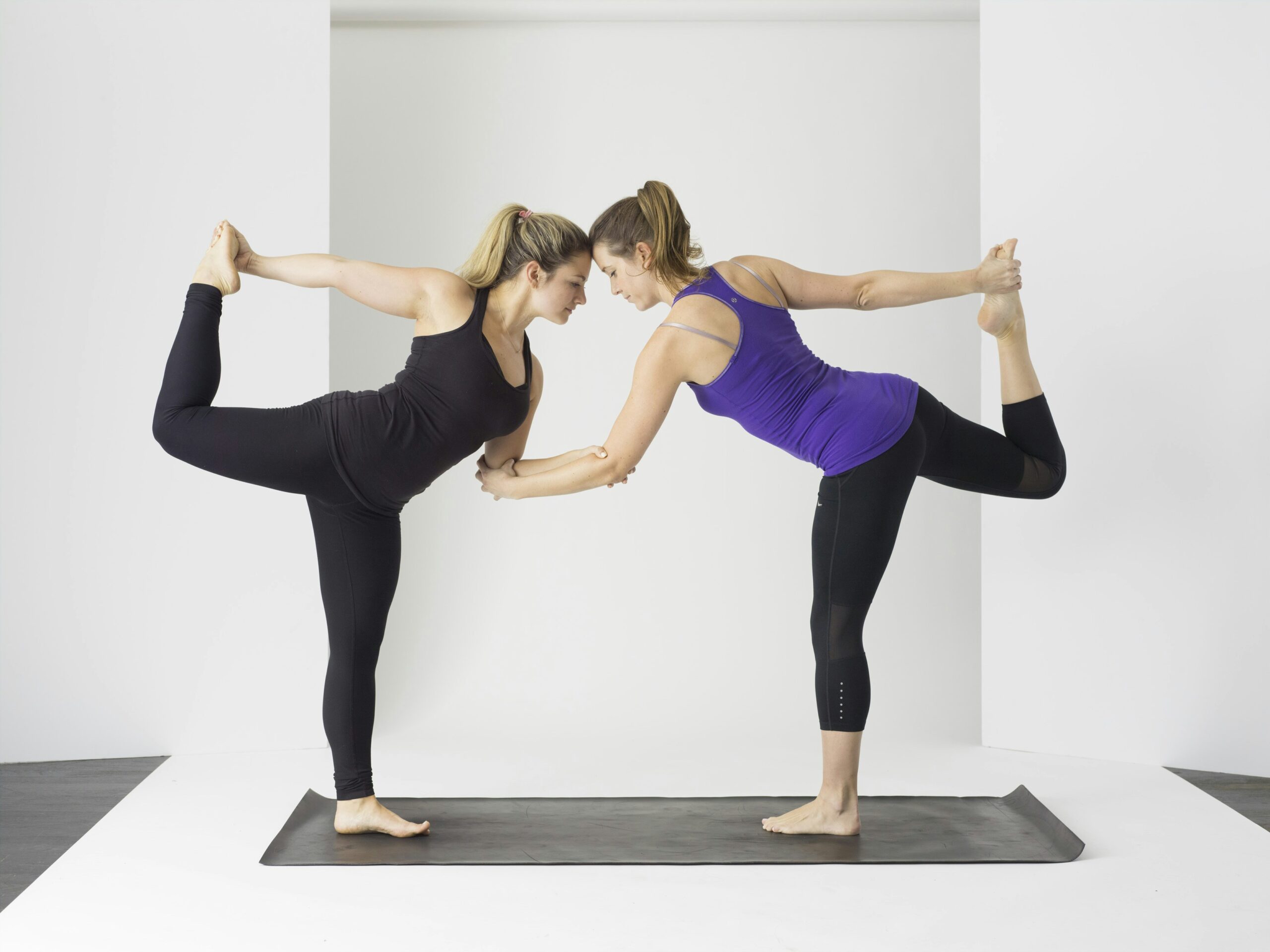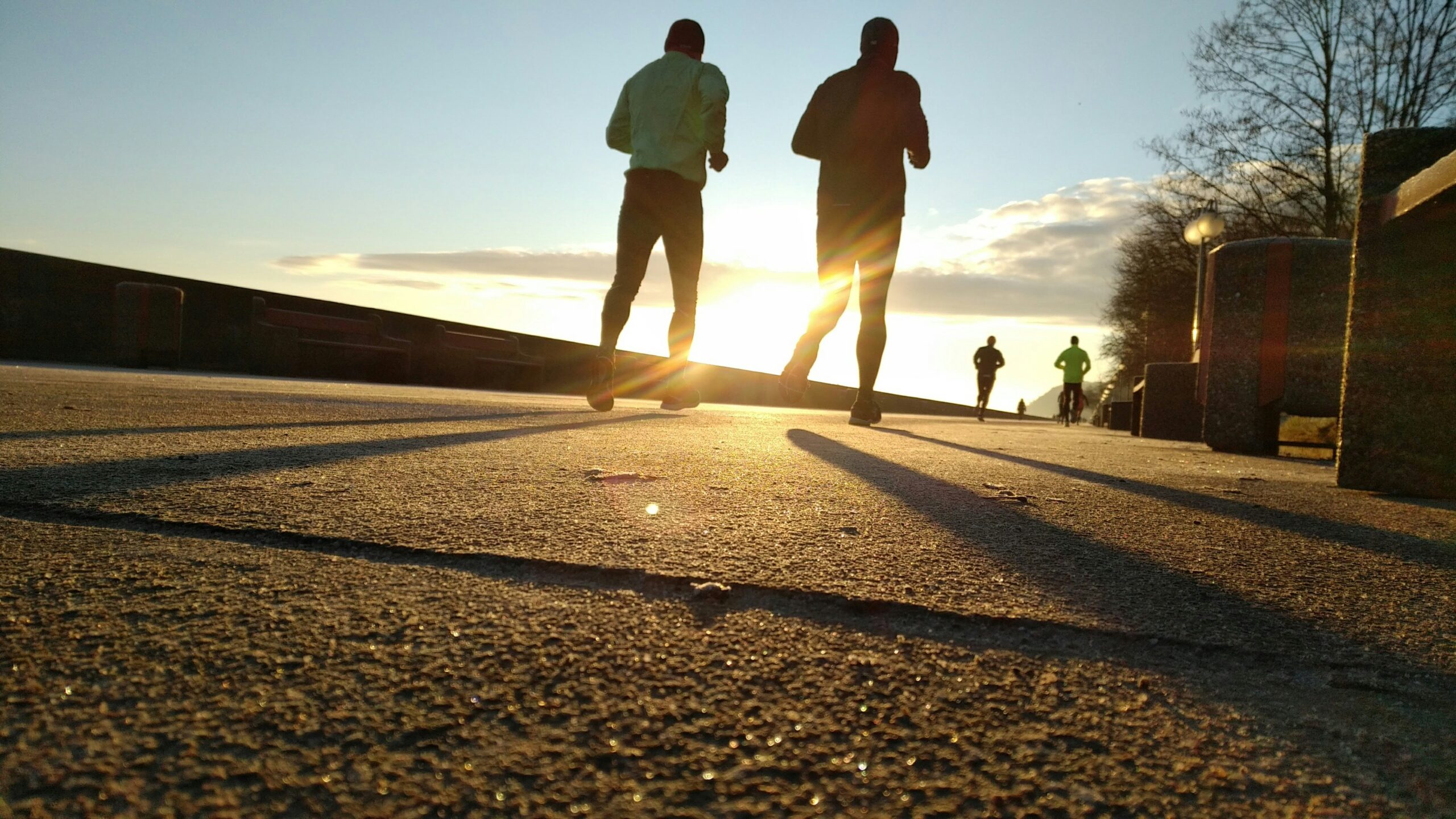Embracing Movement as a Lifestyle: The Power of Everyday Fitness
Have you ever found yourself scrolling through social media, watching friends post their latest workout triumphs, and thought, “How do they have the time?” You’re not alone. In a world that often glorifies the extreme—those hour-long sweat sessions at the gym or the latest fad diet—it’s easy to overlook the power of simply moving throughout your day. It struck me that perhaps the key to a healthier lifestyle doesn’t necessarily lie in rigorous workouts but in embracing movement as a natural part of our daily lives.
The Shift in Mindset
To truly embrace movement as a lifestyle, we must first shift our mindset. Fitness shouldn’t be viewed as a chore or a task on a never-ending to-do list; it can be a delightful addition to our day. Picture this: instead of dreading your workout, you start to see it as an opportunity to connect with your body, to feel alive and energized. This shift can be transformative.
Consider this: some studies suggest that even moderate daily activity can significantly reduce the risk of chronic diseases, elevate mood, and improve overall well-being. Yet, many of us still tie our self-worth to the number on the scale or the intensity of our workouts. It’s time to change that narrative.
Finding Movement in the Mundane
Everyday fitness is about integrating movement into your routine seamlessly. It’s not always about hitting the gym; it can be as simple as choosing to take the stairs instead of the elevator, taking a brisk walk during your lunch break, or even dancing around your living room while cleaning (trust me, it makes chores way more enjoyable!). These small choices can accumulate into significant health benefits.
Let’s break down some practical ways to incorporate movement into your daily life:
- Active Commuting: If possible, walk or bike to work instead of driving or taking public transport. Not only does this get your blood pumping, but it also reduces your carbon footprint.
- Stretch Breaks: Set a timer every hour to remind yourself to stand up and stretch. A simple stretch or two can relieve tension and invigorate your mind.
- Household Chores: Who knew vacuuming could be a workout? Put on some music and turn cleaning into a mini dance party.
- Social Activities: Suggest active outings with friends—hiking, playing a sport, or even a dance class. It’s much more fun to bond while moving!
Even the smallest changes can lead to a more active lifestyle. I remember when I started taking the stairs at work instead of the elevator. At first, it felt like a daunting task (why does it always feel like the top floor is five miles up?), but soon enough, it became a refreshing part of my day.
The Role of Technology
In our tech-savvy age, gadgets and apps aimed at promoting fitness are everywhere. Fitness trackers, smartphone apps, and online workout videos can provide motivation and help you keep track of your progress. But there’s a fine line between using technology to enhance your fitness journey and letting it consume your life. (I mean, who hasn’t found themselves lost in a sea of fitness influencers only to feel utterly overwhelmed?)
Utilizing technology effectively can mean setting reminders for movement or tracking your daily steps. Some popular apps, such as MyFitnessPal or Strava, allow you to monitor your activity levels and connect with others for a sense of community. Just ensure that your relationship with technology remains positive. It should empower your fitness journey, not dictate it.
Mindful Movement
Let’s talk about the importance of being present in your movement. Mindful movement is about connecting your mind with your body. Whether you’re going for a run, practicing yoga, or simply taking a walk, being aware of your breath and body can enhance the experience. This isn’t just about physical fitness; it’s about mental well-being, too.
For instance, I often find that when I go for a walk without distractions—no podcast, no phone—I become more aware of my surroundings. The rustling leaves, the sound of birds, and the feeling of the fresh air can be rejuvenating. It’s a simple yet powerful reminder that movement can be a form of meditation.
Building a Supportive Community
Let’s face it: having a support system can make all the difference. Engaging with like-minded individuals can keep you motivated and accountable. Joining a local sports team, a running club, or even participating in group fitness classes can provide both social interaction and encouragement. Remember, you’re not in this alone.
In my experience, I found that joining a running group transformed my approach to fitness. Initially, I was apprehensive—what if I couldn’t keep up? But the camaraderie and shared goals made the process enjoyable. Plus, there’s nothing quite like the endorphin rush after completing a group run. You celebrate together, and it fosters a sense of belonging.
Overcoming Barriers to Movement
Of course, it’s important to acknowledge that barriers exist. Time constraints, physical limitations, or even lack of motivation can hinder our ability to embrace movement. Recognizing these barriers is the first step toward overcoming them.
For those with busy schedules, breaking your movement into smaller chunks can be effective. Ten-minute bursts of activity can accumulate throughout the day. (I promise, you can find ten minutes somewhere in your hectic day!) And for those with physical limitations, consider consulting a fitness professional who specializes in adaptive exercises. Movement is for everyone—yes, even for those of us who might not feel particularly graceful.
Setting Realistic Goals
Goal setting is crucial in any fitness journey, but let’s be real—setting unattainable goals can lead to frustration. Instead of aiming for a six-pack or running a marathon overnight, focus on realistic, achievable objectives. Perhaps it’s walking for 30 minutes three times a week or trying a new fitness class each month. Celebrating small victories can keep the momentum going.
I recall setting a goal to walk 10,000 steps a day. At first, it felt like a monumental task. But by incorporating movement into my daily routine—walking my dog, pacing while on phone calls, and opting for the stairs—I eventually not only met but exceeded that goal. The sense of accomplishment was invigorating!
The Joy of Movement
Let’s not forget the most important aspect of embracing movement as a lifestyle: joy. Finding joy in movement is what keeps us going. Whether it’s dancing like nobody’s watching, enjoying the rush of a morning jog, or simply playing with your kids in the park, movement should be a source of happiness.
One of my fondest memories is of a spontaneous dance party with friends in my living room. We cranked up the music, let loose, and laughed until our sides hurt. It didn’t feel like a workout; it felt like pure joy—and that’s what movement should be about.
Training Your Mind
Embracing movement as a lifestyle isn’t just about physical activity; it’s also about training your mind. The mental barriers we place in front of ourselves can be far more challenging than any physical barrier. A positive mindset can make all the difference.
Consider incorporating affirmations into your routine. Phrases like “I am strong,” “I choose to move,” or “I am capable of change” can reinforce a positive approach to fitness. The mind-body connection is powerful; believing in your ability to change can motivate you to take action.
Staying Consistent
Consistency is key. It’s easy to get swept up in the excitement of a new fitness regime and then fizzle out after a few weeks. Building movement into your daily life requires a commitment to consistency, even when motivation wanes. That’s where the beauty of habitual movement comes in.
Find activities that you enjoy—those that make you feel good and invigorated. If you love swimming, make it a regular part of your routine. If dancing lights up your soul, prioritize dance classes. The more you enjoy the movement, the more likely you are to stick with it. It’s a simple concept, but it’s often overlooked.
Conclusion: Movement as a Way of Life
Embracing movement as a lifestyle goes beyond mere exercise. It’s a holistic approach that encompasses physical, mental, and emotional well-being. By integrating movement into our daily routines, we can cultivate a healthier, happier life. It may require some adjustments, a bit of creativity, and a willingness to step outside our comfort zones, but the rewards are undeniable.
So, as you step away from this article and head back into your day, remember: movement doesn’t have to be grand or overwhelming. It can be as simple as a walk in the park or a dance in your kitchen. The power of everyday fitness lies in our ability to embrace it as part of who we are. Let’s celebrate movement—not as a task but as a lifestyle. After all, life is too short to sit still!




